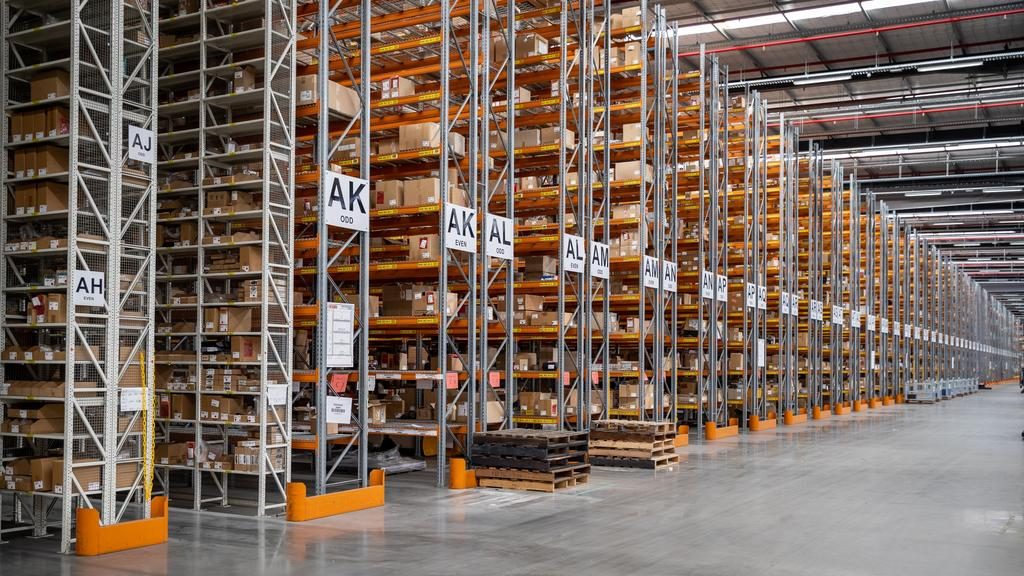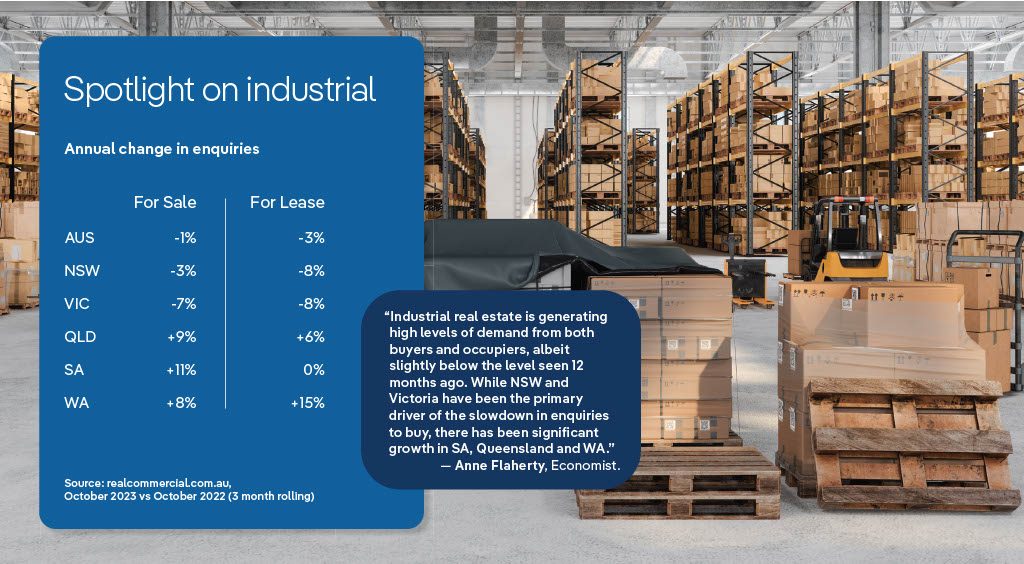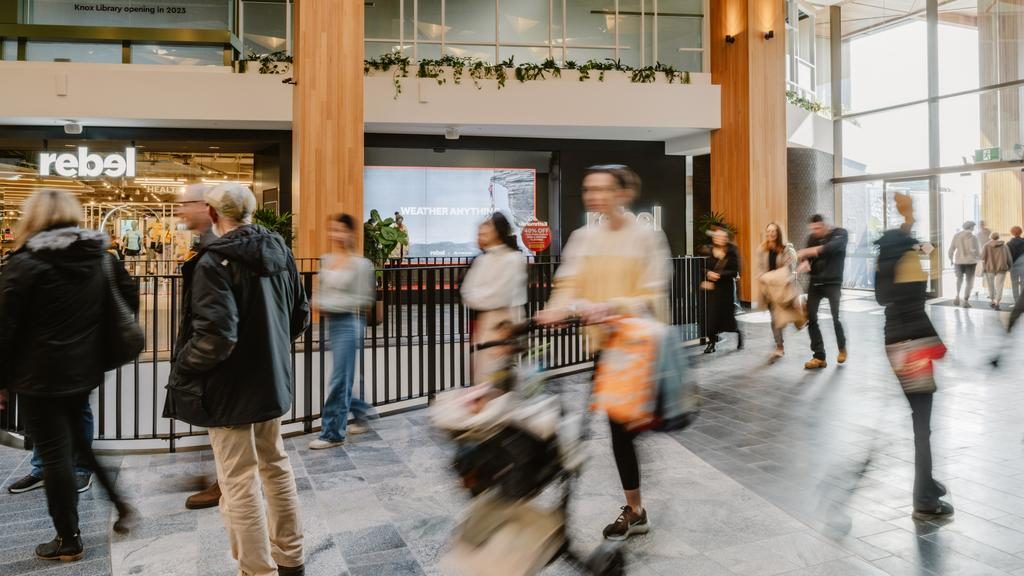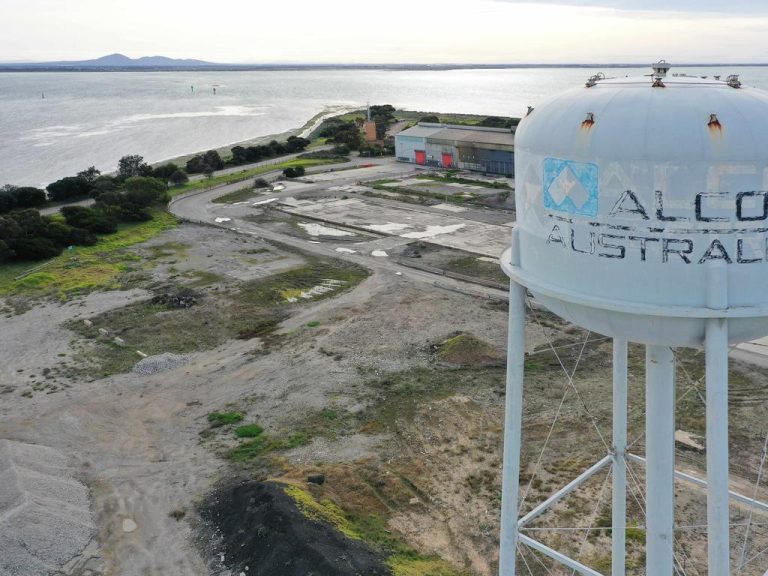The Black Friday effect to keep warehouse demand elevated

Shoppers are expected to spend more than ever at this year’s Black Friday sales, but retailers will have to leverage their warehouses and bricks-and-mortar stores to satisfy growing customer expectations.
Consumers will be spending big this weekend to buy Christmas gifts early and pocket the savings, as the cost-of-living crisis casts a shadow over the holiday period.
Shoppers are tipped to spend more than $6.3 billion across the four-day Black Friday and Cyber Monday weekend, up three per cent from last year, according to Roy Morgan and the Australian Retailers Association (ARA).
The ARA expects the Black Friday sales, which started off as an American shopping tradition following the Thanksgiving holiday, will give retailers a much-needed boost in light of an expected softening in pre-Christmas spending.
The pressure will be on retailers to make the most of the largely online sales event, not only by offering significant discounts but also best-in-class customer experiences online and in-store.
Shoppers now expect user-friendly websites and apps with fast home delivery and easy ways to return products, as well as captivating in-store experiences.
Retailers have been adjusting their space requirements for years due to the rise of online shopping, with most rightsizing their shop floor space in exchange for greater warehouse space.
CBRE’s Australian Head of Industrial and Logistics Research Sass J-Baleh said retailers had accounted for 25 per cent of all industrial lease transactions in Australia over the past 12 months, up from about nine per cent six years ago.

Australia will need 1.1 million square metres of additional e-commerce-dedicated logistics space over the next four years. Picture: Getty
Online shopping boomed during the Covid lockdowns, when people were forced to stay at home and rely on home delivery.
Australia’s e-commerce penetration rate, the percentage of people who shop online, surged to 15% in 2021, but fell back to 12.8% in September this year, according to CBRE.
Ms J-Baleh said the Black Friday sales and other major online shopping events were big boosts to online retail trade, and the industrial and logistics property markets by extension.
So much so that she said Australia would need 1.1 million square metres of additional e-commerce-dedicated logistics space over the next four years to support the growth of online sales.

While much of the sales will be online, the Black Friday event was expected to drive shoppers to shopping centres and retail strips too.
Even as consumers hunt for bargains online, recent data showed that shoppers were still likely to visit a physical store prior to making a purchase.
About 61% of people wanted to see a product in store before ordering online, according to a 2022 CBRE survey of about 9,000 people across Asia Pacific.
CBRE’s Australian Retail Leasing Director Leif Olson said bricks-and-mortar stores played an important role in online shopping events like the Black Friday sales.

Almost two thirds of people want to see a product in store before they order online, according to a recent CBRE survey. Picture: Getty
“Many shoppers like to go into the store to see and try on the products that they’re looking to buy during the Black Friday sales,” he said.
“If the sale is happening in-store and it’s easy to purchase the product, shoppers might buy something else while they are in there as well.”
Meanwhile, brands have also been drawing crowds into their physical stores with enticing experiences such as the eye-catching installations at the newly opened Lego store in the heart of Sydney.
Shopping centres have been updating their tenant mixes to become experiential destinations, with a greater focus on dining, wellness and activities that bring people together.
As retailers navigate an uncertain economic outlook, there will be an even greater focus on striking the right balance between retail and industrial property space requirements to keep shoppers happy and engaged.







